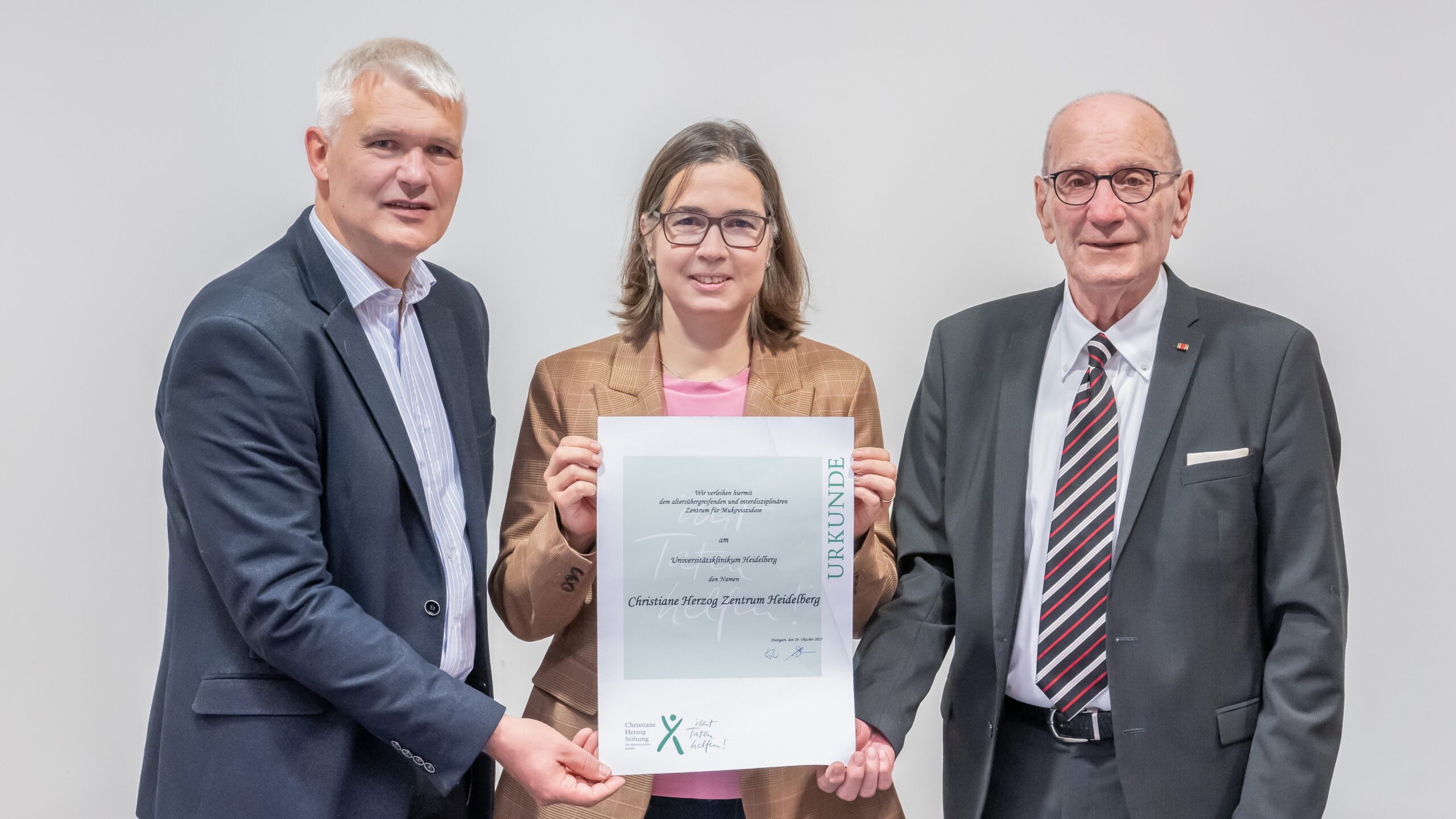The evolution of cancer cells decoded

Cancer does not develop overnight. It can take decades for cancer-promoting changes in the genome to eventually lead to the formation of a malignant tumor. Researchers at the German Cancer Research Center (DKFZ) have now developed a method that allows for the first time to reconstruct the temporal development—the evolution—of cancerous cells from a single tissue sample. This special type of evolutionary research is still in its infancy. The researchers’ vision is to use the new method to detect cancer at an early stage, with the ultimate goal of possibly even intercepting the process.
All of living nature is subject to evolution. Living organisms are exposed to selection pressure, which means that those that are best able to assert themselves survive. This natural selection process also takes place within the human body. Cells that are fitter, i.e., more resistant or more active in division, will spread. Others will be displaced. This so-called somatic evolution can have positive effects on the organism. However, cancer cells are particularly assertive, multiplying unchecked and displacing healthy tissue in the process.
Detecting aggressively growing clones at an early stage
DKFZ researcher Thomas Höfer and his team have set themselves the goal of understanding the evolution of cancer cells. “Our vision is a new type of early cancer detection. Decades can pass after the initial event – a mutation in the genome – before a visible tumor develops. This means that a lot of time passes during which it might be possible to intervene and stop the development of manifest cancer.” This is still a long way off, but the DKFZ researchers have taken a first step in this direction with SCIFER, the method they have developed.
They have succeeded in reconstructing the evolution of cell clones, i.e., cell clusters derived from a single cell, in the human organism. SCIFER can detect aggressively growing clones at an early stage. Their newly developed method is based on mutations—changes in the genomic material that occur spontaneously and continuously. Over time, hundreds of mutations accumulate in individual cells, and the resulting mutation patterns serve as a guide for the team in deciphering cell evolution. “The vast majority of these mutations are selectively neutral, meaning they neither benefit nor harm the cell. However, if a cancer-promoting mutation occurs that makes a cell fitter, this changes the pattern of the many neutral mutations over time,” says Thomas Höfer. “From this change, which can be readily measured, we can trace back when a cancer-promoting mutation arose and how quickly the corresponding premalignant cell clone is growing. We can calculate the timeline from a single blood or tissue sample.”
SCIFER was developed in collaboration with hematologist Paresh Vyas and his team at the University of Oxford, who contributed valuable bone marrow samples from healthy volunteers to comprehensively test the method and tailor it to real-world data.
An oncogene does not necessarily cause cancer
Most mutations are neither good nor bad. However, sometimes genetic changes arise that are associated with an advantage and therefore spread rapidly in the cell population. This is the case, for example, when a mutation activates a so-called oncogene in a cell. These are genes that have the potential to promote cancer. Normally, oncogenes are switched off or, at most, activated briefly from time to time. However, as a result of mutation, oncogenes can remain permanently activated, which increases the risk of cancer developing.
Research on cellular evolution in the body is still in its infancy. However, what is already becoming apparent, including from the results of the current study, is that mutations in oncogenes occur much more frequently than previously thought. However, the permanent activation of an oncogene does not always lead to cancer. “For example, we have found cells with mutated oncogenes in the brain that have multiplied more rapidly without developing a malignant tumor,” reports first author Verena Körber. Apparently, the body has effective protective mechanisms that can keep cells with potentially dangerous changes in check.
A single activated oncogene does not usually cause cancer. In most cases, several cancer-promoting mutations must occur together, and non-genetic factors can also play a role. For example, it is known that inflammation in the environment surrounding cells – in the microenvironment – can increase the risk of malignant transformation.
In the next step, the researchers want to find out which selection factors drive cells with activated oncogenes further toward malignant transformation, and which factors are capable of stopping this process. The team’s vision is to use this leverage to develop novel strategies to intervene.
Paresh Vyas cites myelodysplastic syndrome (MDS) as an example, a disorder of blood-forming stem cells in the bone marrow that can progress to acute myeloid leukemia, which is very difficult to treat. However, not all MDS patients develop leukemia, which is why much could be gained by accurately identifying people at risk so that targeted intervention can be provided. Thomas Höfer believes that SCIFER-supported research into cell evolution with a view to this and other blood cancers could lead to medically useful results in the foreseeable future.
Körber V et al: Detecting and quantifying clonal selection in somatic stem cells. Nature Genetics 2025, DOI: https://www.nature.com/articles/s41588-025-02217-y




